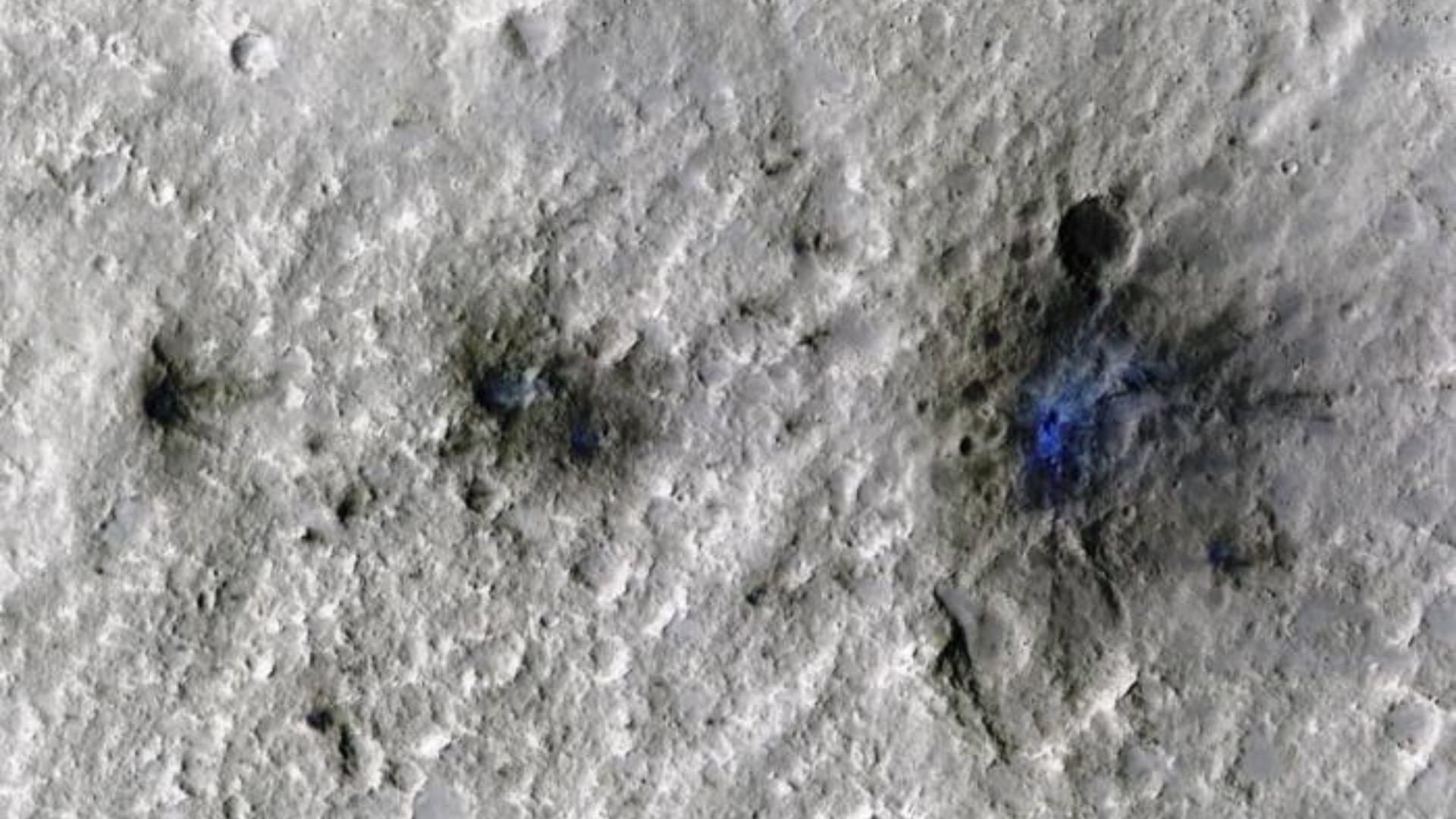Basketball
300 basketball-sized space rocks bombard Mars yearly, shows InSight

NASA’s Mars InSight Lander is dead on Mars, but its data is still making noise on Earth.
A fresh examination of marsquake data revealed a meteorite mayhem on Mars. The Red Planet is getting hammered by space rocks way more than planetary scientists ever imagined.
An international team of researchers led by ETH Zurich and Imperial College London analyzed seismic data to estimate the global impact rate on the Martian surface.
This shows that the Red Planet is impacted by 280-360 basketball-sized space rocks almost every year. This rate is five higher than previous estimates based only on satellite images. These meteorites leave their mark, carving out craters bigger than 8 meters (26 feet) wide across the Martian surface.
New type of marsquakes
For years, scientists have relied on satellite images to spot craters left by meteorite strikes.
However, researchers have now identified a new tool—listening to Mars with supersensitive seismic equipment. This lets them detect vibrations caused by meteorite impacts, even small ones that wouldn’t leave a big crater scar.
This study was made possible thanks to data collected by InSight’s high-tech seismometer before the mission’s termination due to dust accumulation on the lander’s solar panels.
The research team identified a unique pattern of seismic signals unlike anything seen before. These unique signals are believed to be the signature of a much higher rate of meteorite impacts on Mars than previously estimated. It turns out these belong to a whole family of quick, powerful tremors on Mars called “very high-frequency events.”
Elaborating on the characteristics of these new Marquakes, Géraldine Zenhäusern from ETH Zurich told Interesting Engineering (IE): “These events have a predominantly high-frequency content (> 4 Hz), indicating a fast source process (consistent with impacts). They are also the only class of events that have a random spatial distribution (i.e. no clustering at certain distances), and are not associated with a known tectonic source.”
This new method for detecting impacts revealed a surprising truth: Mars is getting hit by way more space rocks, especially smaller ones that wouldn’t leave big craters visible from satellites.
Mars lacks a strong magnetic field, and its thin atmosphere may allow more meteoroids to reach the surface and cause impact craters. Even its location in the inner solar system, closer to the asteroid belt, may contribute to this.
Comic clock
As per the press release, scientists can create a “cosmic clock” to date the Martian surface by studying these impacts. Basically, the more craters an area has, the older it is. This will help us understand the geological history of Mars and how the planet has evolved over time
“We often use crater densities to compare ages of planetary surfaces – in general the older the surface the more craters it has. Better constraining the impact rate helps us better estimate ages of those surfaces,” Natalia Wójcicka from the Imperial College London explained to IE.
Wójcicka further added, “This can tell us when a major geological event took place that erased previous craters in the area (such as a volcanic eruption or a large impact). Our results show that the impact rate is significantly higher than the rate derived from orbital imaging, which suggests that surfaces could be younger than previously estimated. This can have further consequences for our understanding of Mars’ history of volcanism for example.”
Zenhäusern highlighted the need for future crewed missions to Mars to consider the dangers posed by meteorite impacts daily. However, more research is needed to assess safety concerns.
The findings have been reported in the journal Nature Astronomy.
ABOUT THE EDITOR
Mrigakshi Dixit Mrigakshi is a science journalist who enjoys writing about space exploration, biology, and technological innovations. Her professional experience encompasses both broadcast and digital media, enabling her to learn a variety of storytelling formats. Her work has been featured in well-known publications including Nature India, Supercluster, and Astronomy magazine. If you have pitches in mind, please do not hesitate to email her.


)






